The Stone Age was a vast period of prehistory characterised by humans’ use of stone, such as flint, in weaponry and tools. It lasted for some 3 million years, ending between 4,000 and 2,000 BC.
And relics of the Stone Age have been discovered and preserved in sites across Britain. Among the very best are Stonehenge, Silbury Hill and the Callanish Stones.
Here are 9 remarkable sites to visit in Britain to discover the nation’s Stone Age monuments, relics and heritage.
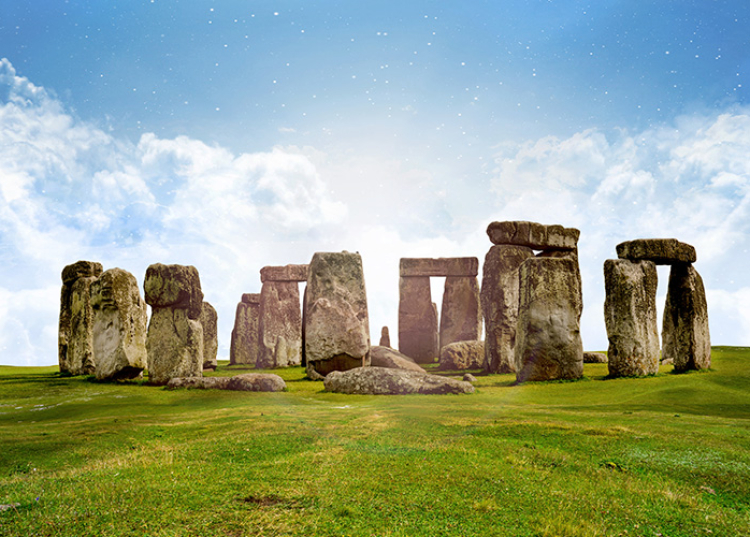
1. Stonehenge
Stonehenge in Wiltshire is a world renowned, magnificent site consisting of standing and lying stones, some transported from South Wales. The construction of Stonehenge took place between 3000 BC and 1600 BC and is considered to be one of the most impressive structures of its time. The purpose of Stonehenge has remained a mystery, despite extensive archaeological investigation.
Stonehenge is managed by English Heritage. During normal operating hours, visitors walk around the circle on a set path and are given free audio guides explaining different aspects of Stonehenge. A brand new visitor centre has also opened at Stonehenge, designed to transform the visitor experience with a new world-class museum housing permanent and temporary exhibitions, plus a spacious café.
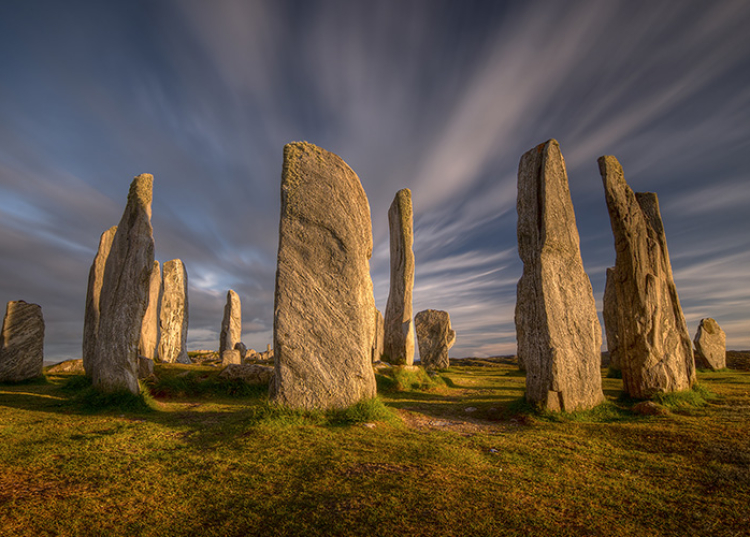
2. Callanish Stones
The Callanish Stones are a collection of Neolothic standing stones on the west coast of Lewis in the Outer Hebrides. Probably built between 2900 and 2600 BC, the 13 primary stones form a circle 13m in diameter with a solitary monolith standing 5m high at its heart. Within the circle is a chambered tomb.
Located on a low ridge with the waters of Loch Roag and the hills of Great Bernera in the background, the Callanish Stones are a scenic and imposing place to visit. There is a Visitor Centre, shop and tearoom on site.
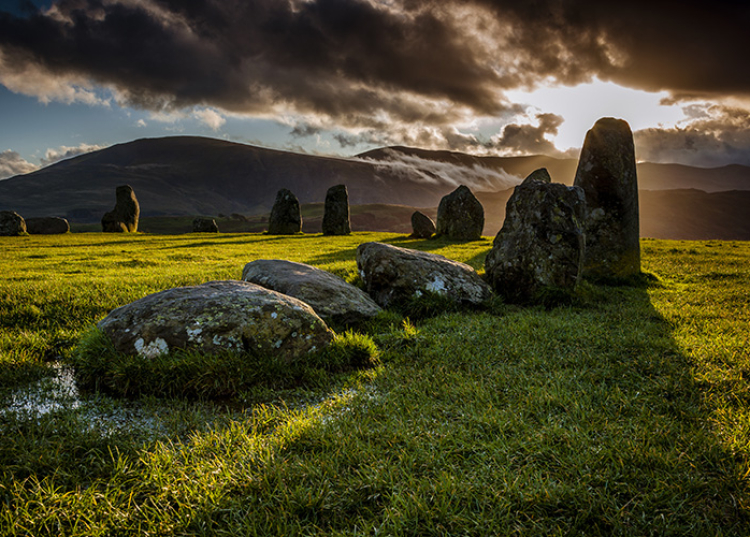
3. Castlerigg Stone Circle
The Castlerigg Stone Circle is a Neolithic Stone Age monument which ranks among the earliest of stone circles found in Britain. It is believed Castlerigg Stone Circle was constructed around 3000BC. In total Castlerigg contains 38 stones within the outer circle, which has a diameter of approximately 30m.
Today the site is run by English Heritage and is open to visitors, its scenic hilltop setting providing pretty views of the surrounding area.
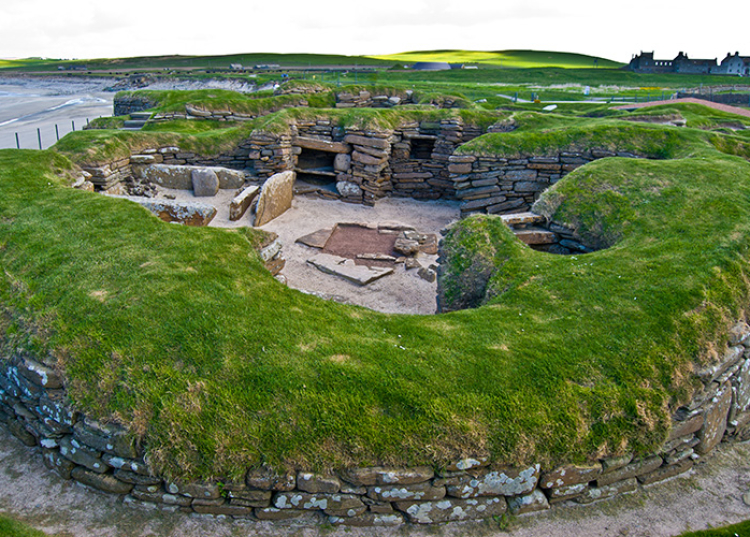
4. Skara Brae
Skara Brae is an incredibly well-preserved Neolithic village in the Orkney Isles off the coast of mainland Scotland. Characterised by sturdy stone slab structures insulated and protected by the clay and household waste which holds them together, Skara Brae is a stunning example of the high quality of Neolithic workmanship.
Visitors to Skara Brae can tour these original magnificent homes as well as a reconstructed version which really conveys the realities of Neolithic life. The nearby visitor centre holds many of the artefacts found at Skara Brae and offers an insight into the site’s history through touch screen presentations.
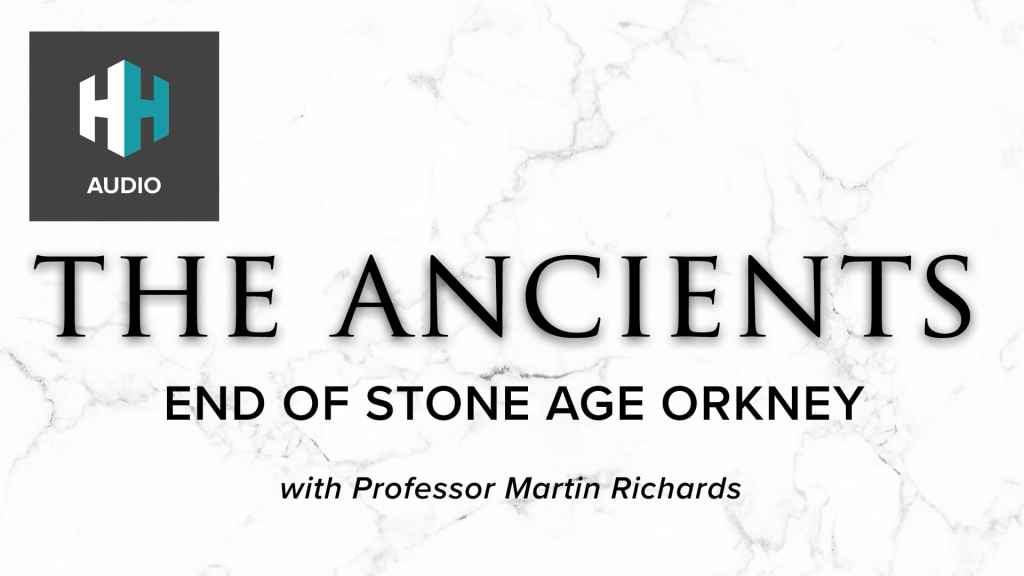
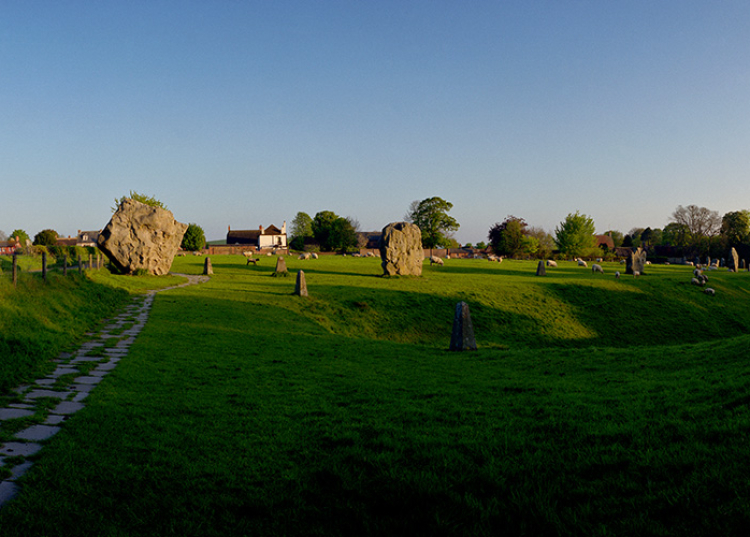
5. Avebury Ring
Avebury Ring in Wiltshire, England, is a stone monument which encircles the town of Avebury and is believed to have been constructed between 2850 and 2200 BC. Now comprised of a bank and a ditch containing 180 stones making up an inner and outer circle, the ring is not only fourteen times larger than Stonehenge, but was almost certainly completed before its famous counterpart.
Visitors to Avebury Ring are free to walk up to the site itself at all times and view the monument’s stones. Together with Stonehenge, Silbury Hill and several other prehistoric sites, Avebury Ring is a UNESCO World Heritage site managed by the National Trust.
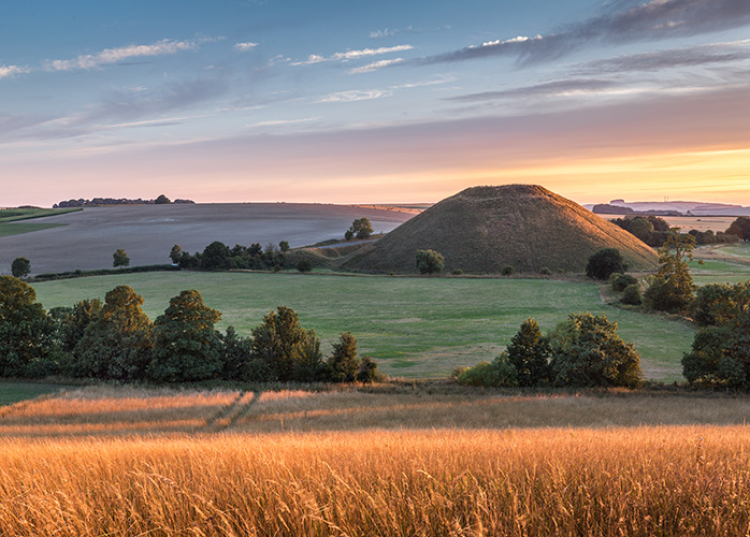
6. Silbury Hill
Only 1500 meters south of the main Avebury Rings stands Silbury Hill, the largest, and perhaps the most enigmatic, of all megalithic constructions in Europe. Crisscrossing the surrounding countryside are numerous meandering lines of standing stones and mysterious underground chambers, many positioned according to astronomical alignments.
Believed to date back to between 2400 and 2000BC, Silbury Hill rises 30 metres and has a circular base which measures 160-metres wide. The origins of Silbury Hill remain a mystery to this day, but most archeologists believe it was a ceremonial or religious site.
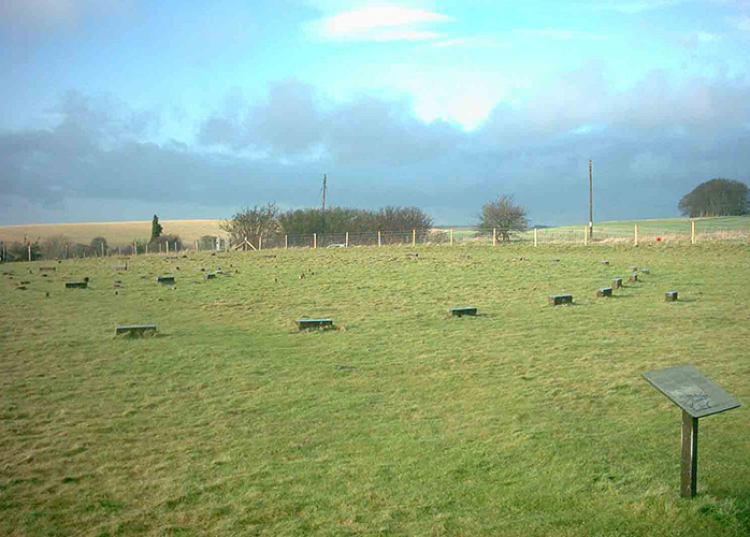
7. The Sanctuary (Avebury)
The Sanctuary near Avebury in England is a monument believed to date back to around 3000 BC. The concrete markers which can be seen today at the Sanctuary site were once made up of first timber slabs and then stones. These were destroyed in approximately 1725 AD, their original locations now marked by the concrete posts.
As with Stonehenge, the function of the Sanctuary remains a mystery, although archaeologists believe it was a ceremonial site, probably used for burial rituals. This theory stems from the fact that large quantities of human bones and food remains have been found at the site. The Sanctuary forms part of the Avebury UNESCO World Heritage site.
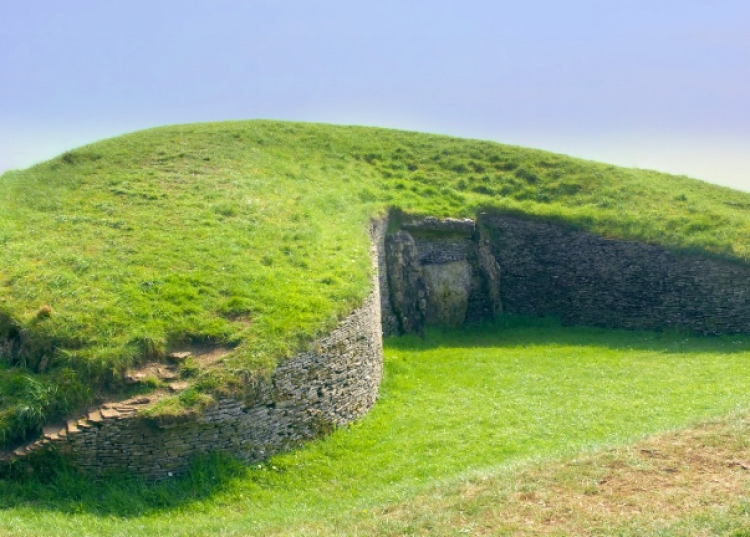
8. Belas Knap Long Barrow
The Belas Knap Long Barrow is a well-preserved example of a Neolithic burial chamber located near Cheltenham. It was built around 3000 BC and used for burials over a significant period until the chambers were deliberately blocked. Romano-British pottery found inside one of the burial chambers show that it was open in Roman times.
The site was excavated between 1863 and 1865 and the remains of 31 people were found inside. The remains of the Belas Knap Long Barrow feature a false entrance and side chambers. The site has recently been restored. Today, the chamber tombs have been opened up so visitors can see them up close.
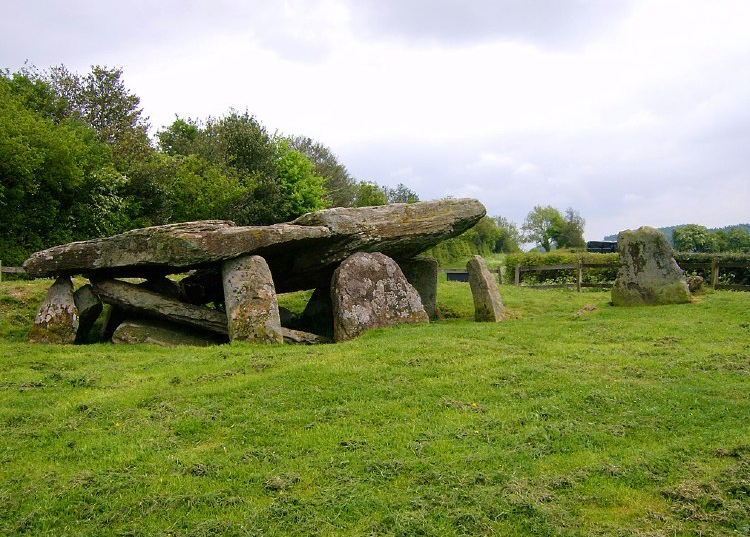
9. Arthur’s Stone
Arthur’s Stone is a tomb in Herefordshire dating back to the Neolithic era marked by a collection of large stones. Little is known about this site and there is little to see, but the mystery of Arthur’s Stone is one which continues to inspire debate. Arthur’s Stone is an English Heritage site.


